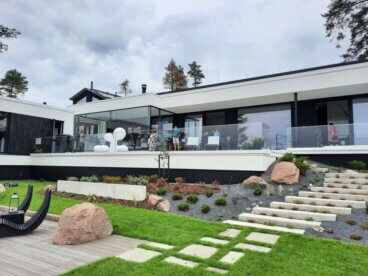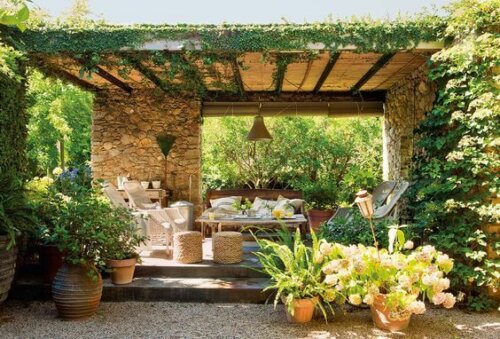Use of Masonry in Construction

When it comes to talking about construction techniques for the home, there are multiple possibilities and formulas. Some of them have a long historical trajectory but special mention must be made of one of the most relevant: The use of masonry in construction.
This technique is configured as one of the most resistant to the passing of time. Its solidity and firmness arouse great interest within the guild of architects and surveyors, as it helps to solve numerous construction problems.
From the decorative point of view, it also has a lot to say. Aesthetically, it’s a wall of great consistency that, due to its appearance, can be applied in different interior and exterior designs, especially in the yard.
Working with masonry in construction
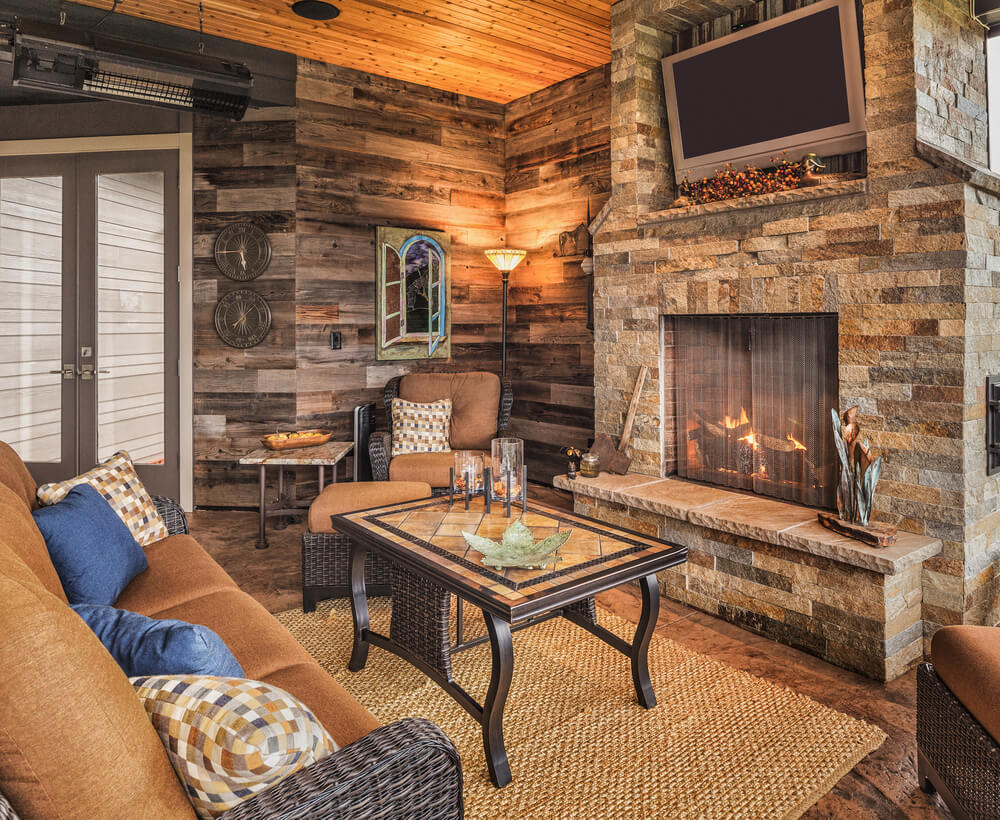
This type of wall is linked to traditional construction systems. As previously stated, it has been used throughout history because it’s easy to work with, uses cheap materials, and offers excellent resistance.
The building procedure is done manually. It’s configured, therefore, of stones and bricks. It consists of building a wall that has a considerable width to remain standing and to be able to support and raise whatever is needed.
The stone is rough, that is, it’s not carved, offering an irregular and somewhat more rustic appearance compared to that of stone blocks or ashlars. To achieve the effective union of the materials, mortar, lime, and sand are needed. Masonry cement may also be added.
Once all this union of resources dries, a large wall suitable for construction is achieved, which can protect us from the weather: It doesn’t suffer from humidity and resists air and rain very well.
If masonry has been used by numerous civilizations, it’s because of its efficiency and severity.
How is it used?
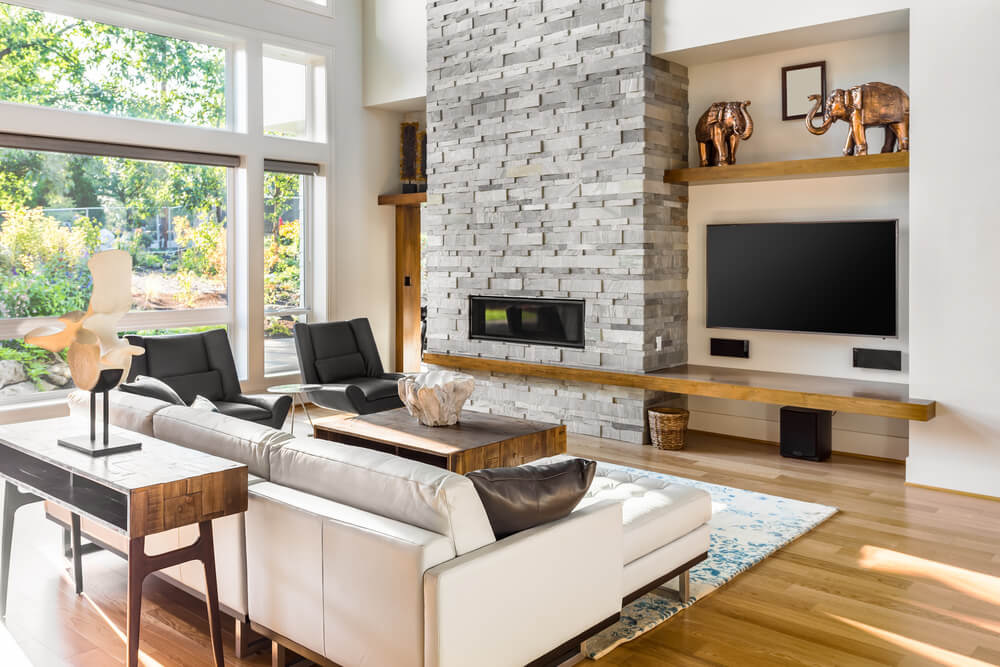
This architectural resource can be present in different parts of the house, both inside and outside. There’s no doubt that it can offer us an original and rustic appearance. Therefore, its use has no limits. Let’s look at 5 ways to use masonry in construction:
- As it’s made up of resistant and strong materials, it can be used on garden walls. It’s a way of transmitting a more rural and improvised feeling, similar to the walls of the meadows found in the countryside.
- Cellars usually have masonry walls, as the stone and the cement themselves help to generate a cool climate throughout the year, protecting from winter frost and strong summer heat, in the same way that adobe and hemp blocks do.
- Country houses have this construction system, as do farms or corrals. It’s quite common to find it in small towns and even in the walls of the interiors of houses. Ultimately, it helps us cut costs.
- The way to work masonry can be done not only through the application of mortar but also in dry construction. That is, through the placement of stones without any type of adhering material in between them. For example, to close the external enclosure of the house.
- To offer a much more old-fashioned feeling, the so-called Mudejar bond can be applied, in which masonry is combined with rows of brick. It looks great on the walls of houses. This can be found in cities like Toledo, Spain.
Interior design and masonry in construction
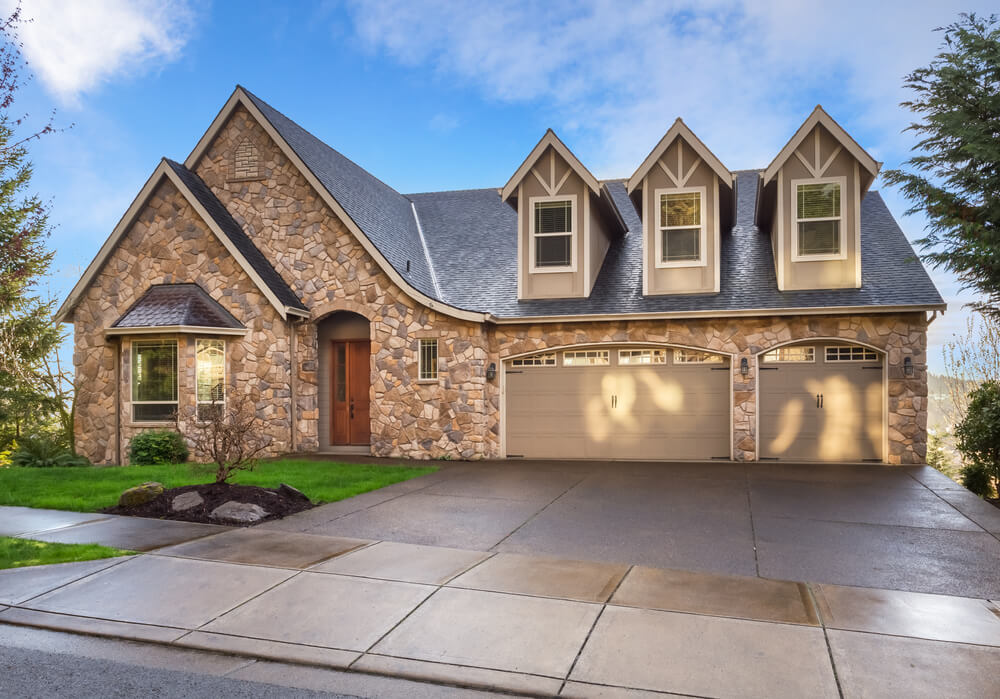
Not all decorative styles are appropriate to have this type of interior wall. Some styles, such as classic, futuristic, and minimalist styles go in another direction. However, there are others with which masonry works perfectly in construction.
Masonry fits very well with rustic and traditional styles. Everything that has to do with the rural world will be in tune with this construction technique. In this regard, rural houses are the most suitable places to work with this type of material.
Therefore, we could say that the use of masonry is entirely related to traditional interior design. It offers us a historical, natural, and spontaneous meaning. It’s considered a recovery of the past in order to achieve natural ornamentation.
When it comes to talking about construction techniques for the home, there are multiple possibilities and formulas. Some of them have a long historical trajectory but special mention must be made of one of the most relevant: The use of masonry in construction.
This technique is configured as one of the most resistant to the passing of time. Its solidity and firmness arouse great interest within the guild of architects and surveyors, as it helps to solve numerous construction problems.
From the decorative point of view, it also has a lot to say. Aesthetically, it’s a wall of great consistency that, due to its appearance, can be applied in different interior and exterior designs, especially in the yard.
Working with masonry in construction

This type of wall is linked to traditional construction systems. As previously stated, it has been used throughout history because it’s easy to work with, uses cheap materials, and offers excellent resistance.
The building procedure is done manually. It’s configured, therefore, of stones and bricks. It consists of building a wall that has a considerable width to remain standing and to be able to support and raise whatever is needed.
The stone is rough, that is, it’s not carved, offering an irregular and somewhat more rustic appearance compared to that of stone blocks or ashlars. To achieve the effective union of the materials, mortar, lime, and sand are needed. Masonry cement may also be added.
Once all this union of resources dries, a large wall suitable for construction is achieved, which can protect us from the weather: It doesn’t suffer from humidity and resists air and rain very well.
If masonry has been used by numerous civilizations, it’s because of its efficiency and severity.
How is it used?

This architectural resource can be present in different parts of the house, both inside and outside. There’s no doubt that it can offer us an original and rustic appearance. Therefore, its use has no limits. Let’s look at 5 ways to use masonry in construction:
- As it’s made up of resistant and strong materials, it can be used on garden walls. It’s a way of transmitting a more rural and improvised feeling, similar to the walls of the meadows found in the countryside.
- Cellars usually have masonry walls, as the stone and the cement themselves help to generate a cool climate throughout the year, protecting from winter frost and strong summer heat, in the same way that adobe and hemp blocks do.
- Country houses have this construction system, as do farms or corrals. It’s quite common to find it in small towns and even in the walls of the interiors of houses. Ultimately, it helps us cut costs.
- The way to work masonry can be done not only through the application of mortar but also in dry construction. That is, through the placement of stones without any type of adhering material in between them. For example, to close the external enclosure of the house.
- To offer a much more old-fashioned feeling, the so-called Mudejar bond can be applied, in which masonry is combined with rows of brick. It looks great on the walls of houses. This can be found in cities like Toledo, Spain.
Interior design and masonry in construction

Not all decorative styles are appropriate to have this type of interior wall. Some styles, such as classic, futuristic, and minimalist styles go in another direction. However, there are others with which masonry works perfectly in construction.
Masonry fits very well with rustic and traditional styles. Everything that has to do with the rural world will be in tune with this construction technique. In this regard, rural houses are the most suitable places to work with this type of material.
Therefore, we could say that the use of masonry is entirely related to traditional interior design. It offers us a historical, natural, and spontaneous meaning. It’s considered a recovery of the past in order to achieve natural ornamentation.
All cited sources were thoroughly reviewed by our team to ensure their quality, reliability, currency, and validity. The bibliography of this article was considered reliable and of academic or scientific accuracy.
- Miller, Judith: El estilo rural: desde interiores elegantes y sencillos hasta casas rústicas, Blume, 2007.


